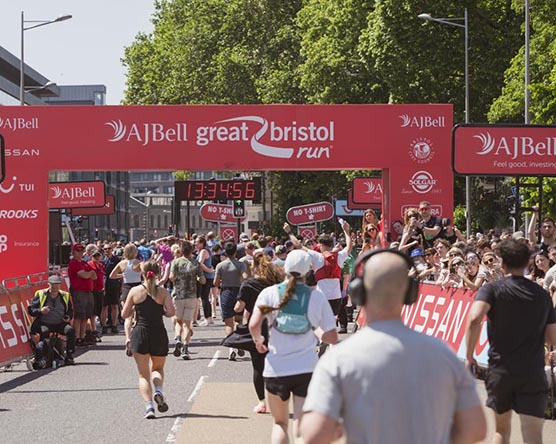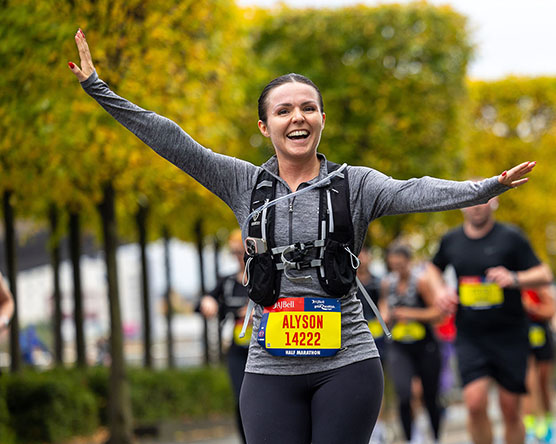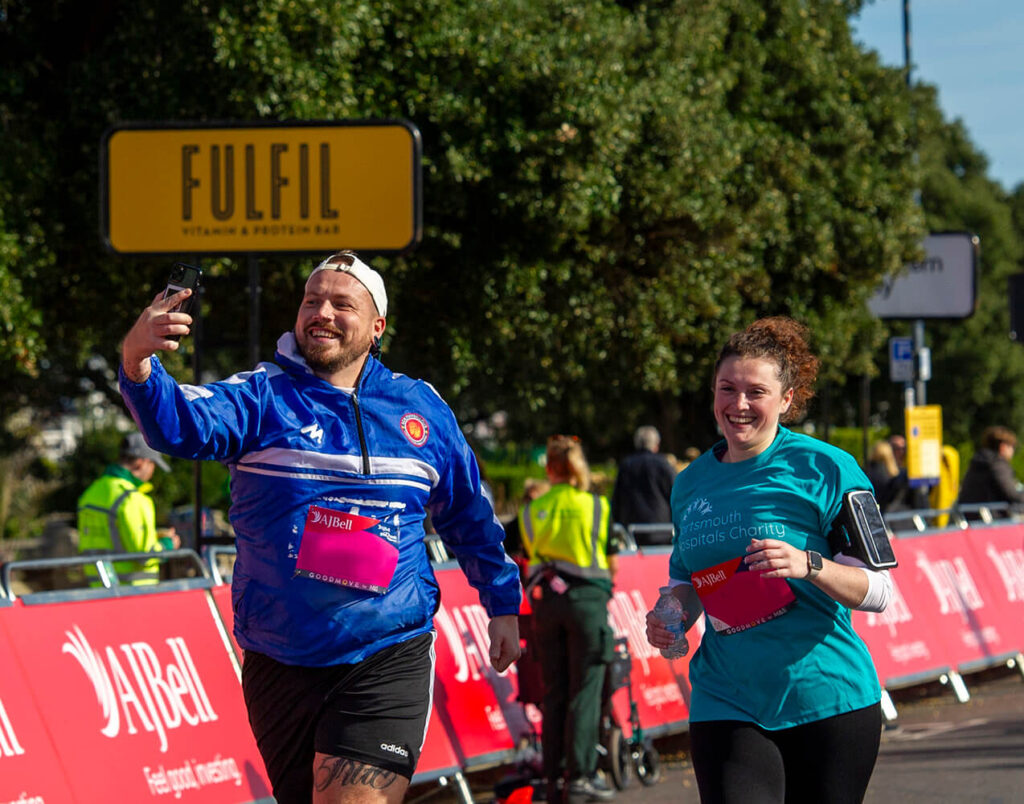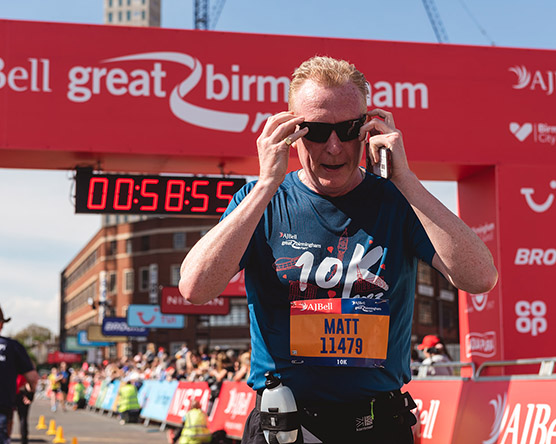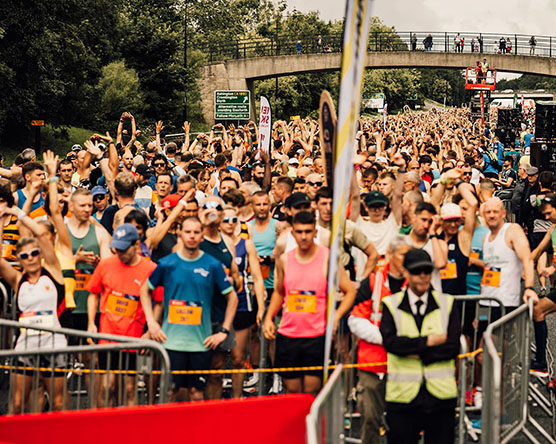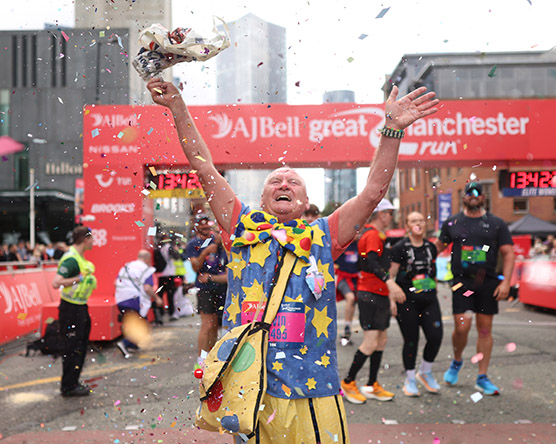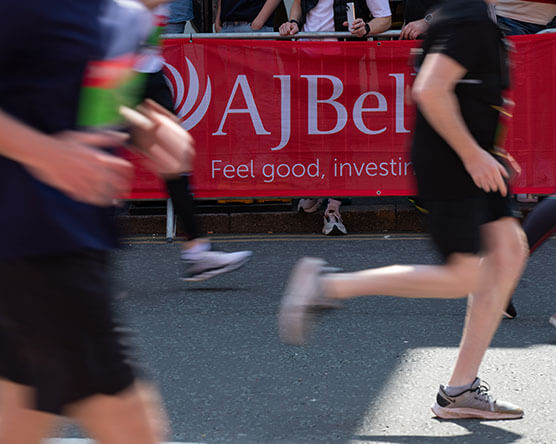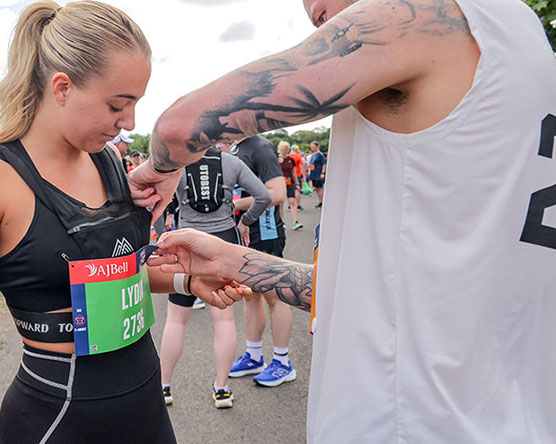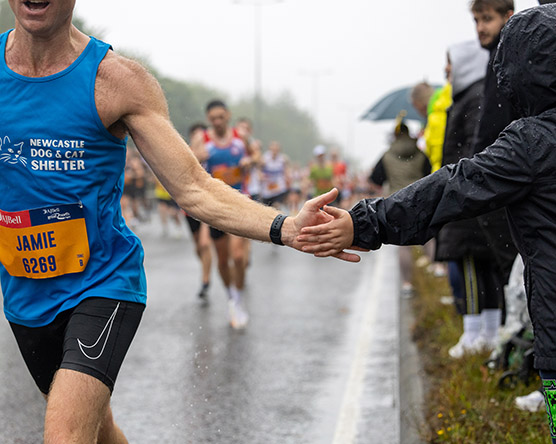Now you’re a runner, there may be a chance you have started to fall a little bit in love with the sport. If you are finding yourself leaving the Friday night party early because your weekend morning run now feels better than your traditional hangover and, if the neighbours seeing you in some form of lycra as you trot out the front door is no longer a deterrent to getting fit, then your ‘running conversion’ is very nearly complete.
The hard yards of getting your body used to the basic physical act of running are well underway, and all the minor aches and muscles stiffness that it initially brings have been and gone, so perhaps it’s now time to take a closer look at the actual make-up of what type of running you are doing on a regular basis.
Distance running is no different to most other sporting activities in that it relies on a combination of endurance, good technique and speed. Perhaps your eyebrows are now a little further north than they were at the start of this paragraph, after reading the word ‘speed’ and ‘distance running’ in the same sentence! However, adding a little speedwork to your training will help you on your way to better times, at a range of distances from 5km all the way up to marathon!
It’s all in the biomechanics
It’s a basic biomechanical fact that the shorter time it takes to cover a particular distance, the more your running efficiency will improve. And it follows that the more efficient we are at anything in life, the quicker and better we will become at it. So increasing your basic speed will see you improve your efficiency which should help you lower your times irrespective of race distance. Therefore after you have run at a quicker pace for a short period of time, dropping back to your regular pace should feel more relaxed and comfortable than before and with better efficiency of movement, you should naturally now be able to run for longer at that pace than before!
How to do it
So now with the ‘why’ very briefly covered, let’s take a very quick look at the ‘how’. Well, so as not to over complicate things, take your average ‘per km’ race pace over say the 10km distance. Let’s take the example of it being a nice convenient 6mins which equates to just over 9:30/mile pace.
An example of speed work at this level may be to go for a 5km run but split every kilometre into 500m at a quicker pace than your 10km target time with the rest of that km at a much slower pace. So look at covering the first 500m of each km in 2:30 secs rather than 3 mins, with the next 500m at ‘recovery pace’ of 4 mins.
The net result may be a slower overall km but the change in pace and running efficiency over time will make the feel and cadence of your regular pace feel more comfortable over time. Naturally, there is still space in any training schedule for running at a consistent and regulated pace but by mixing things up with speed work you might just see improvements in your personal bests too!
Sounds like a challenge too good to refuse? Well there’s only one way to find out! So why not integrate some speedwork into your weekly running programme and let the magic happen!
Most of all, have fun doing so and keep enjoying your running.



